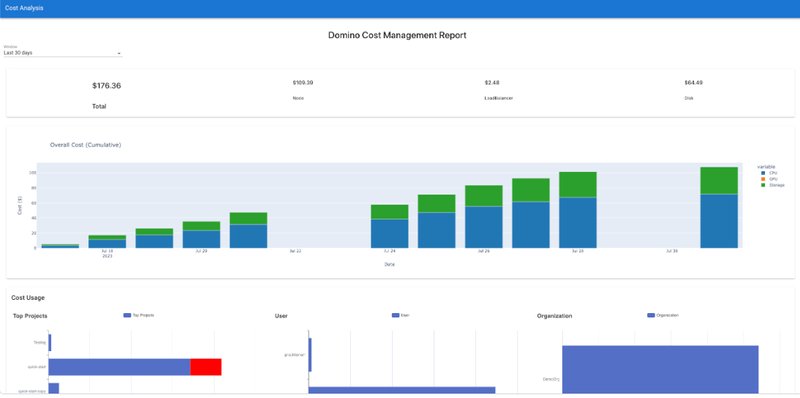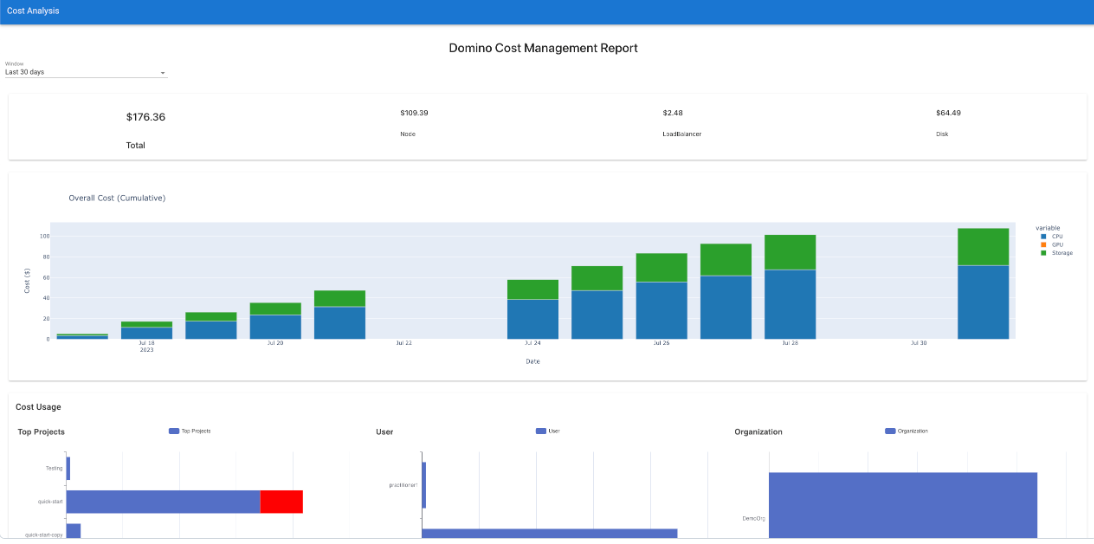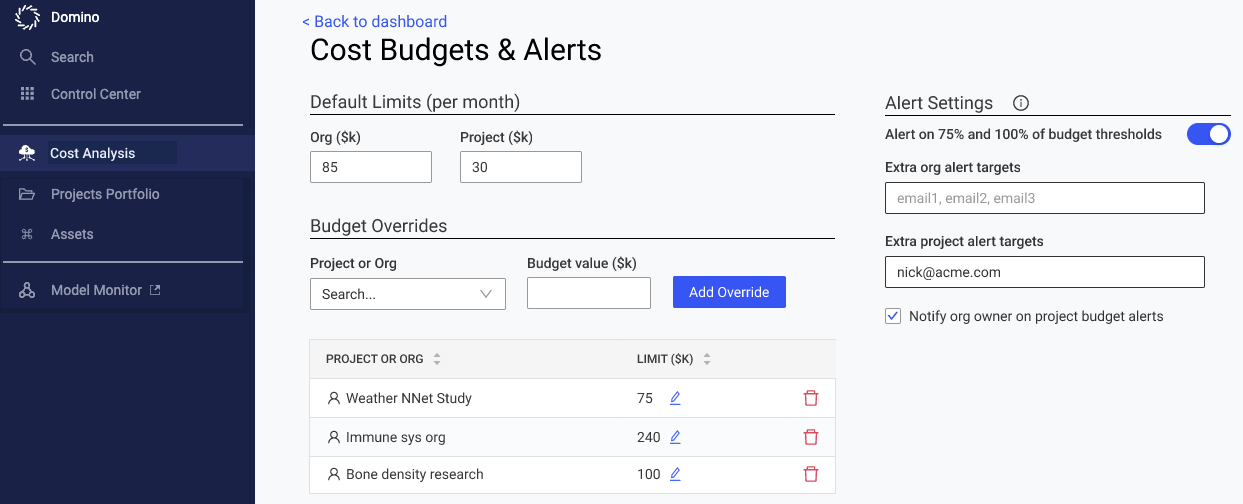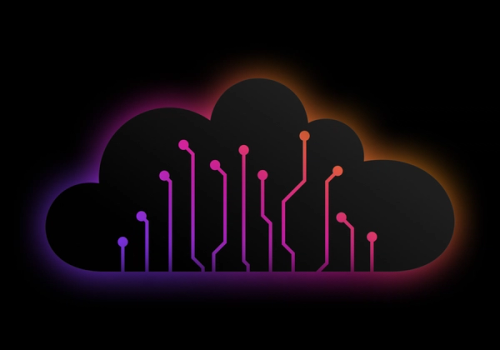Cost Governance Capabilities for AI Drive Accountability, Visibility & Savings
Nikhil Jethava2023-08-22 | 6 min read

As enterprises enter the ‘age of AI’ and adopt data science, machine learning and AI-first philosophies to drive growth and innovation, they will need enterprise-grade governance to control costs.
With the buzz and interest in all things generative AI and large language model, the market for big data workloads is expected to grow by 10.6% to 229.4 billion by 2025, and the generative AI software market is forecasted to grow by 10x by 2028, reaching $36 billion. Consequently, as AI adoption accelerates, companies all over the world are exploring platforms to run their AI/ML workload in a most scalable, agile and cost-effective manner—good governance is vital to achieving these ends.
Cost governance activities such as tracking, driving transparency, and controlling costs are often manual, time-consuming and error prone, since they involve accurately tagging specific infrastructure to distributed IT workloads. And customers want to drive cost transparency by creating a showback/chargeback model, however, they lack the governance capabilities to achieve these goals.
Delivering Best-in-Class Governance
Domino.ai is the leading enterprise AI platform, helping companies accelerate AI adoption, with the governance guardrails necessary to reduce and control infrastructure costs, including expensive high-performance compute (e.g. GPUs) resources.
First, Domino pays for itself by shrinking IT infrastructure and cloud costs by up to 40%* on average (read the Blog). On average, Domino customers saved $900K over three years, by using a variety of Domino’s intelligent cost control and billing features (Source: Domino Business Value Assessment). You can request a custom cost savings evaluation here.
Domino is partnering with Kubecost, which provides real-time cost visibility and insights for teams using Kubernetes, to deliver advanced, enterprise-grade cost governance to customers. With the Domino 5.7 release, Domino is launching best-in-class the Cost Governance module as a preview so customers can accurately and precisely monitor and govern their costs.
1. Accurate and comprehensive cost monitoring

Our platform seamlessly integrates with the billing APIs of major public cloud providers to ensure accurate and clear tracking of your cloud costs, in one place. For anyone who has tried to reconcile cloud bills to groups, users, and projects, it requires manual work to trace costs, and it complicates chargebacks.
Domino also reconciles your current measured Kubernetes spend with your actual cloud bill to accurately track cloud costs and cloud provider discounts, including discounts and specialized hardware usage (e.g. Spot instances and GPUs). Customers can aggregate cost monitoring data by projects, organizations, users, and hardware tiers for over six months to identify anomalies. Greater transparency also helps customers implement showback/chargeback models to drive accountability across teams and business units.
By accurately monitoring your costs, Domino empowers data scientists and administrators to precisely determine the return on investment (ROI) of their projects and eliminate waste. This helps customers make informed and data-driven business decisions based on the bottom line impact of their work.
Finally, using APIs, Domino allows customers to export their cost monitoring data in a JSON format that can be easily integrated with their preferred visualization tools such as Tableau. This helps customers create custom dashboards that accurately monitor infrastructure costs of AI workloads, and share them with team members and executives to drive accountability and improve decision-making and resource allocation in the future.
Domino also provides built-in capabilities to control storage costs for data stored and managed within the Domino datasets, which provide accurate reporting for the space consumed by a dataset and its snapshots. This information is available as a downloadable CSV file so that admins can perform detailed analysis on this data to better understand the storage usage of Domino datasets.
2. Budgets & Alerts

Domino has implemented budget monitoring and customizable alert features that drive proactive cost control and governance. Admins can set spend threshold limits by projects and orgs, so they receive alerts when approaching the spend thresholds or spending runs hot. These alerts allow customers to avoid cost overruns and stay on budget, proactively.
Domino datasets let admins set quotas on total space consumed by a user for their datasets and snapshots. Quotas are flexible and admins can set a default for all users, with overrides for specific users. Notifications in Domino and email alerts are generated when users get closer to filling up their assigned dataset quota.
What’s Next?
Domino’s roadmap will improve visibility into infrastructure utilization and offer smart in-product recommendations to improve the cost efficiency of AI/ML workloads. These features aim to help customers drive cost clarity and accountability.
Please contact your Domino representative or request help here, to get onboarded to these features with the upcoming 5.7 release.
Footnotes:
Nikhil Jethava is a Principal Product Manager at Domino, and previously lead a variety of product management and project management programs at Databricks, Microsoft, and Boston Consulting Group. He holds an M.B.A. from Carnegie Mellon University, an M.S. in Space Technology from Chalmers University of Technology, and a Ph.D. in Applied Physics from Max-Planck Institute.



